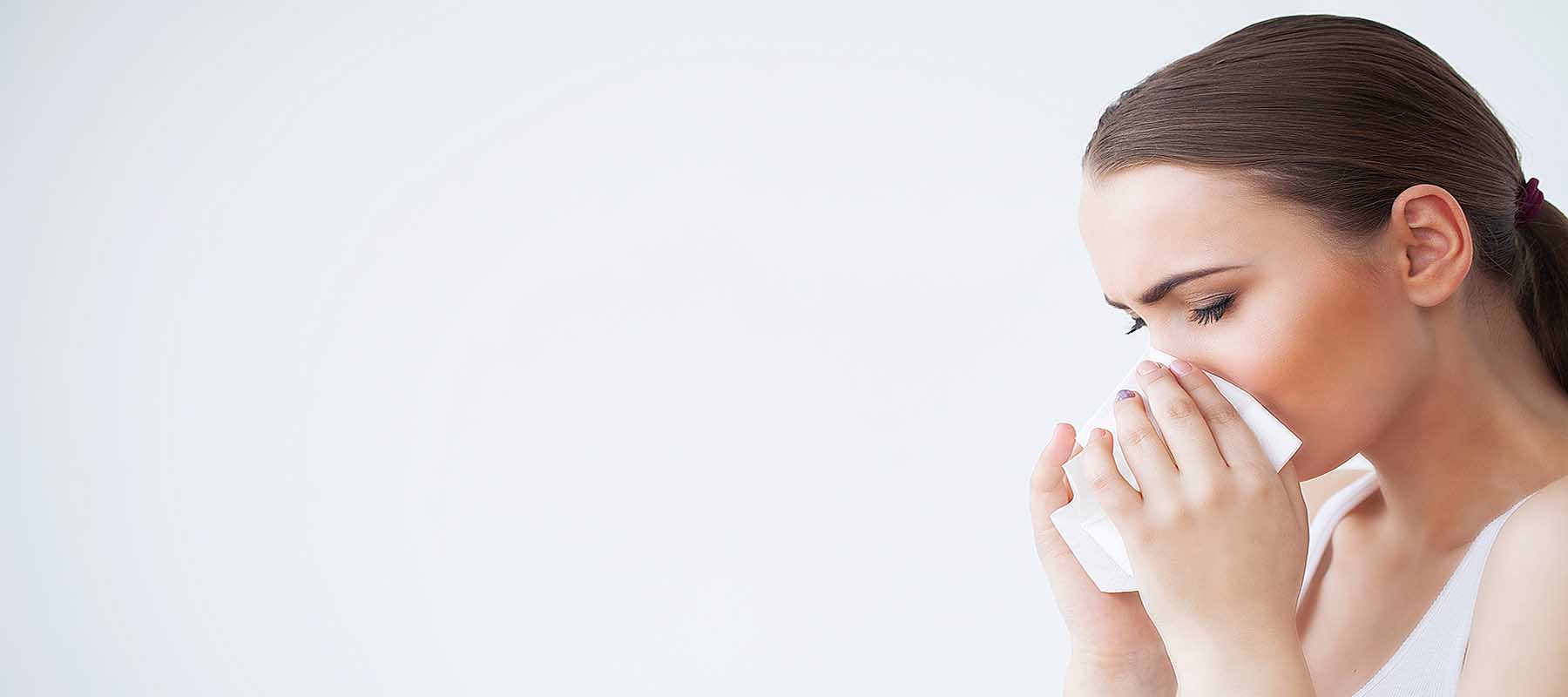If you think it is hard to drive away and leave your son or daughter at college for the first time, just wait until you get home. You will walk inside your house and no matter how many people live there it will feel empty.
It is especially empty if it is your last child to leave home. Suddenly the house feels enormous and you feel small. You feel miserable and want to cry.
If you think you feel bad then, just wait until they call you sick with their first away-from-home really bad cold. Now you really feel bad.
When your kids were small and had a cold, you babied them. Ran vaporizers to help them breathe, sponged them off the reduce their fever, read them stories, and feed them chicken soup.
That very first cold after moving away from college will be as miserable for you as it is for your child. Since you can’t be there to take care of them, plan in advance so that have everything on hand to take care of themselves. Caring for your own cold is a part of growing up when you think about it.
Bad Cold Emergency Kit
So, pack up an emergency kit. Now the cold emergency kit is a little different than your standard emergency kit. It doesn’t have bandages or antibiotic creams. Those are important items and should be in the standard emergency kit, but what I am talking about is the Cold Emergency Kit.
So, pack them in a small box that they can store out of the way of heat and sunlight. In it put what they will need to tend to their own cold. Start with a small box of tissue. If you have a preferred brand or type of cold medicine, make sure it is in the kit along with your own handwritten note on how to use it.
For example, my daughter has always been small for her age, so I never gave her the adult dose of any over-the-counter medication the first time around. Now, if she bought a box of cold medicine on her own and didn’t know this, she might take the recommended 2 pills instead of 1. That is why it is important that you communicate this type of information in writing in the emergency kit so if they are self-medicating for the first time they know these things.
Also, depending on the state where they are going to school, many of the “D” formulas require a signature and an in-state driver’s license for the purchase of formulas that contain pseudoephedrine. Keep this in mind if your child is attending college in another state!
I also think it is a good idea to include cough drops or throat lozenges for that sore throat (bonus points if you get the ones with Vitamin C) and a microwaveable “cup o soup” in the flavor your kid prefers and a thermometer.
The thermometer is important because they need to know when they have a fever that is high enough to warrant the attention of the school’s Health Office. Also, if your kid has allergies, they need to know the difference between cold symptoms and allergy symptoms.
That thermometer comes in handy when determining the two because allergies don’t cause any elevation in body temperature. Tuck in a little love note at the bottom that assures them that a cold runs for 7 to 10 days and you can’t cure it, but they can focus their efforts on relieving symptoms.
You can’t be there with them while they are going through that first cold and as hard as it is on you, it’s an important step in their growth as truly independent adults.
Til Next Time!
The Allergy Store
